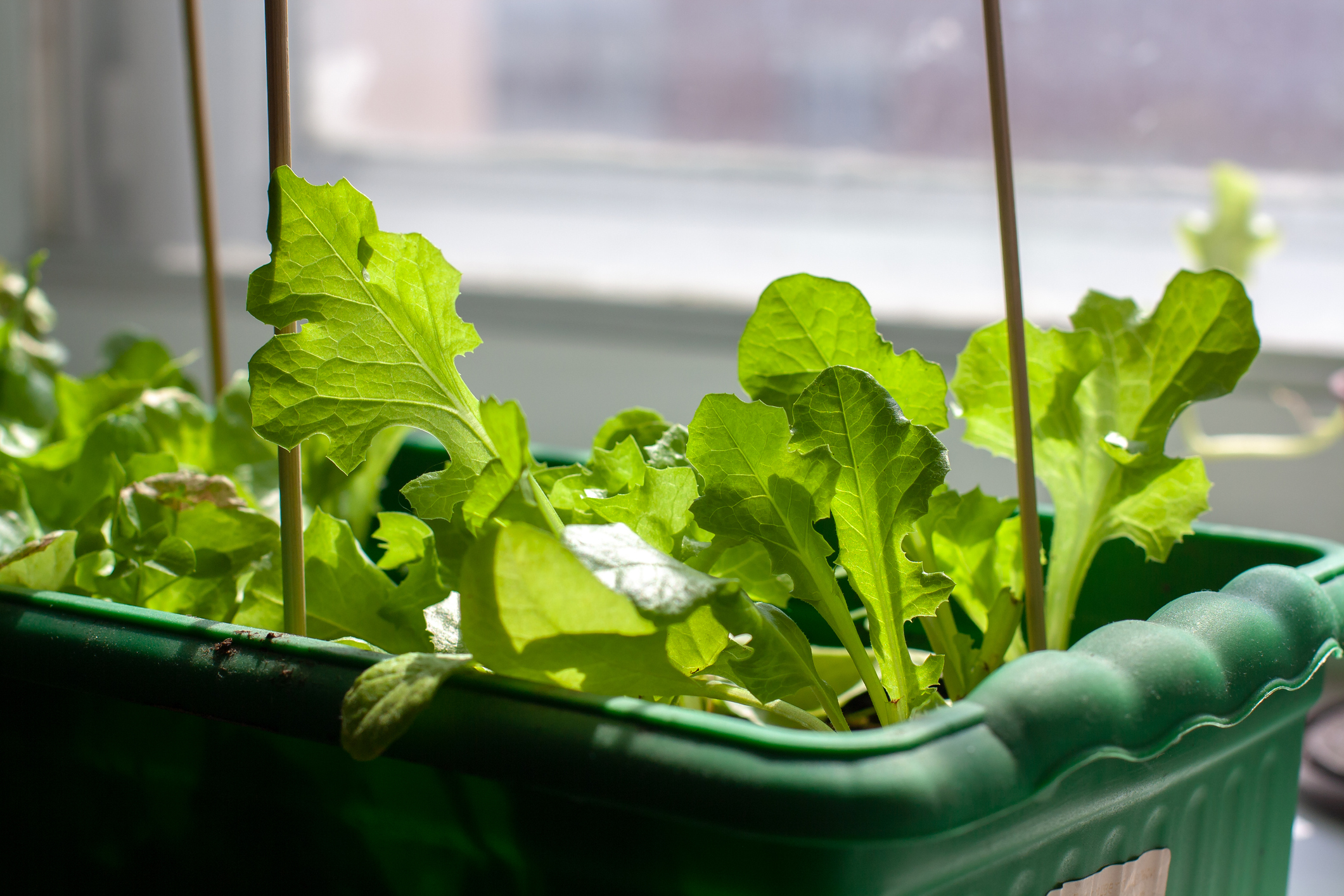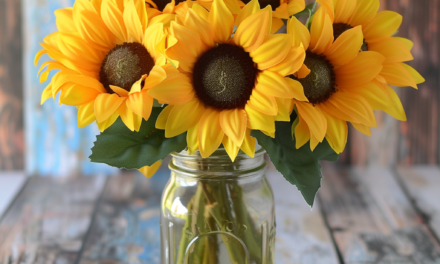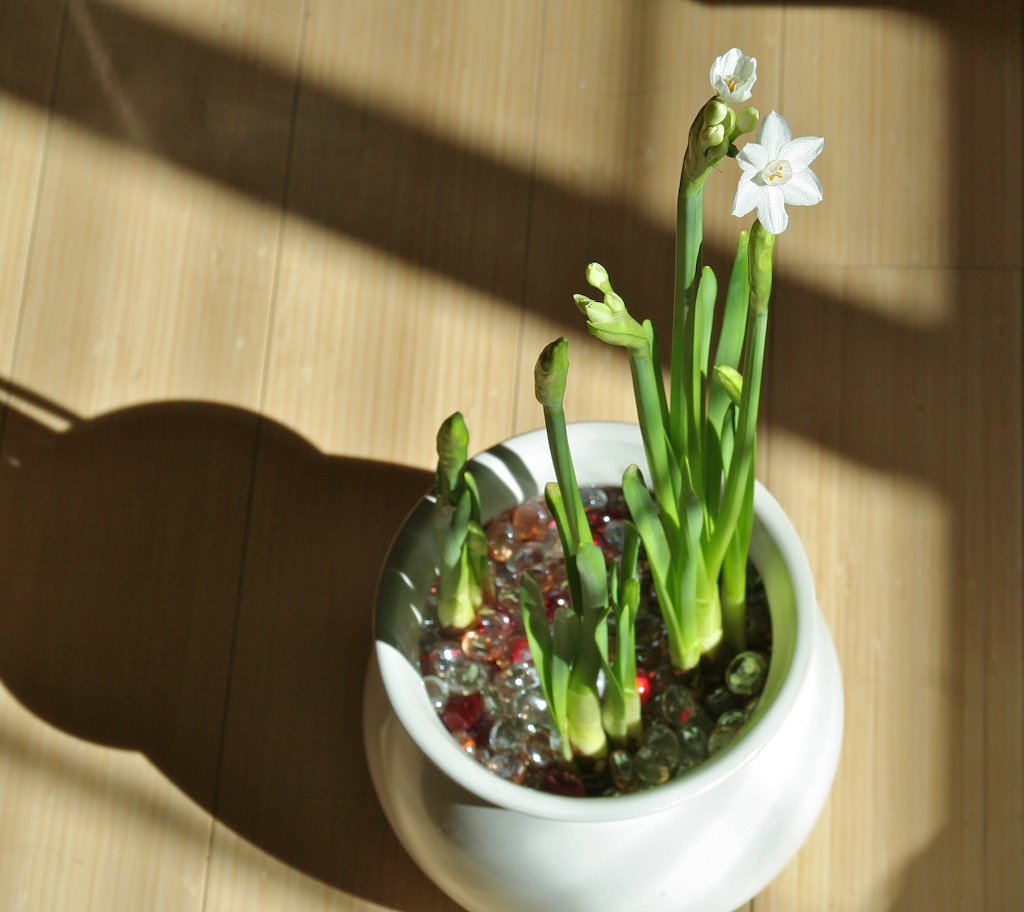This year’s frigid holiday season is over, but the worst of winter weather is yet to come. Bedford gardeners could spend the next couple months cozying up with the latest seed catalogs. Or they could be growing their own winter vegetable crops inside the house.
Growing Vegetable Crops Indoors
Gardeners don’t need a lot of fancy greenhouse equipment or a hydroponic set-up to grow a handful of vegetable-produing plants indoors. A sunny, southern facing window (or bright LED light) and a couple planters filled with a quality potting soil mix is all that’s needed. The key is choosing the right plants to grow.
Herbs. Basil, oregano, parsley and rosemary are among the easiest plants to grow indoors. These herbs don’t even need to be started from seeds. Fresh sprigs (sold in clamshells in the produce department) can be rooted by placing the stems in a glass of water. When the roots are about 2 inches long, plant the cuttings in small pots. Once the herb plants are established, the leaves can be harvested as needed.
Microgreens. These healthy sprouts only require about 4 hours of direct sunlight per day and can be grown in a 2 inch deep tray. (Take-out containers with clear lids work well.) Premoisten the potting mix before sowing the seeds and use a spray bottle to keep the soil moist. Microgreens are ready to harvest in as little as 2 to 3 weeks.
Leafy greens. Lettuce, spinach and baby bok choy take 1 to 2 months for the leaves to reach a harvestable size. These plants require a 6 inch deep container and need at least 6 hours of direct sunlight per day. Start a new pot of greens each week for a continual harvest throughout the winter.
Cherry tomatoes. Dwarf cherry tomato varieties like ‘Tiny Tim’ or ‘Micro Tom’ only reach 6 to 12 inches high and can be grown in a 4 to 6 inch pot on the window sill. Tomatoes require 6 to 8 hours of sunlight or 12 hours of artificial light to flower and produce fruit. It takes dwarf cherry tomatos about 60 days to bear fruit.
Ornamental peppers. Ornamental pepper plants are decorative as well as edible. Most varieties produce extremely hot peppers, but ‘Chilly Chili’, ‘Medusa’ and ‘Tangerine Dream’ yield peppers with spiciness ratings less than 1000 scoville units. Pepper plants require 8 hours of sunlight or 14 hours of artificial light per day. It can take these plants 90 days or more to produce peppers.
As with outdoor gardens, indoor vegetable plants require regular water and the occasional dose of fertilizer. Monitoring for invertebrate pests, like aphids, white flies, spider mites and scale, is recommended. It’s best to act quickly when spotting these pests.







Thank you, Heather for some great ideas and tips!